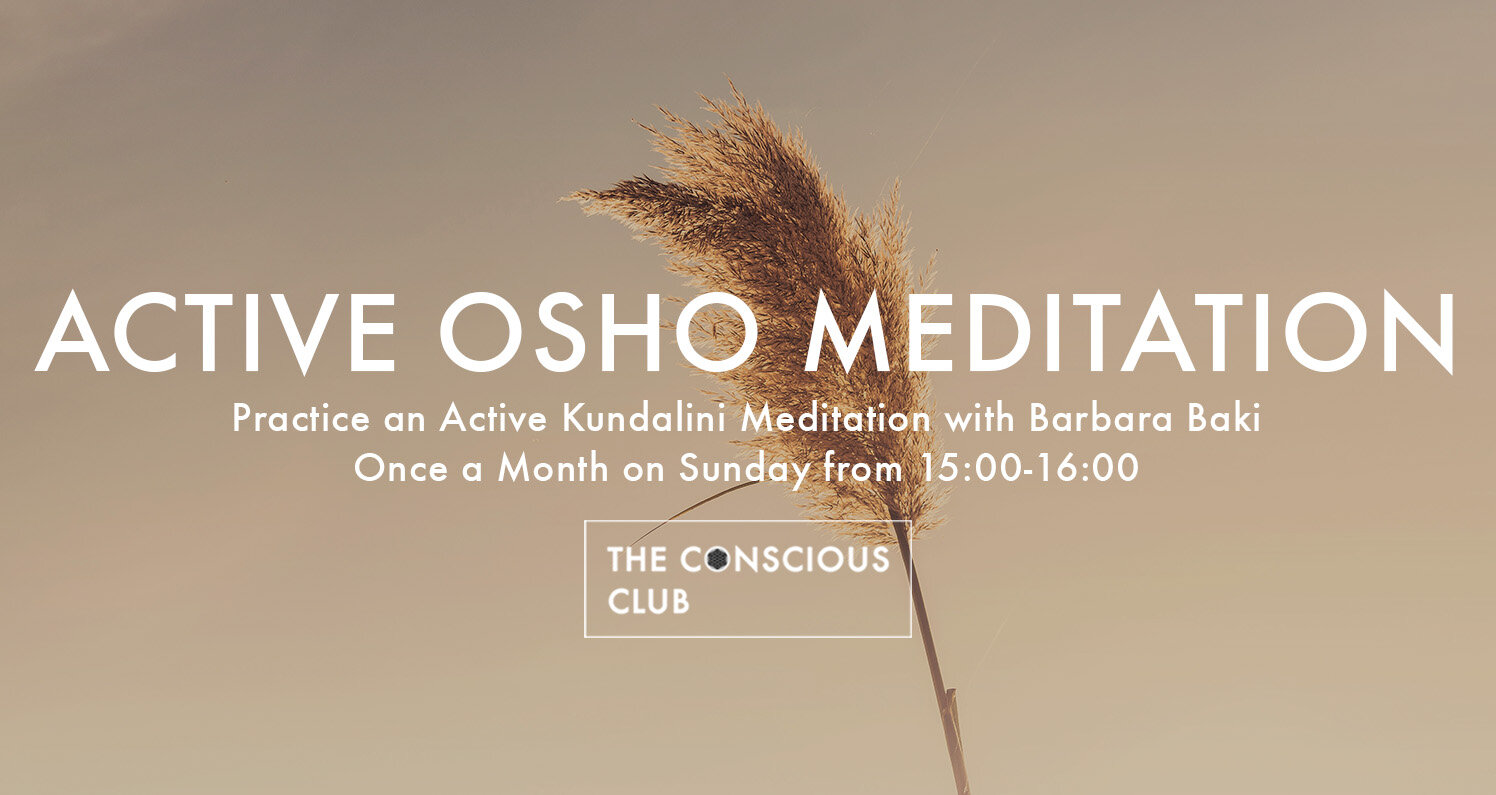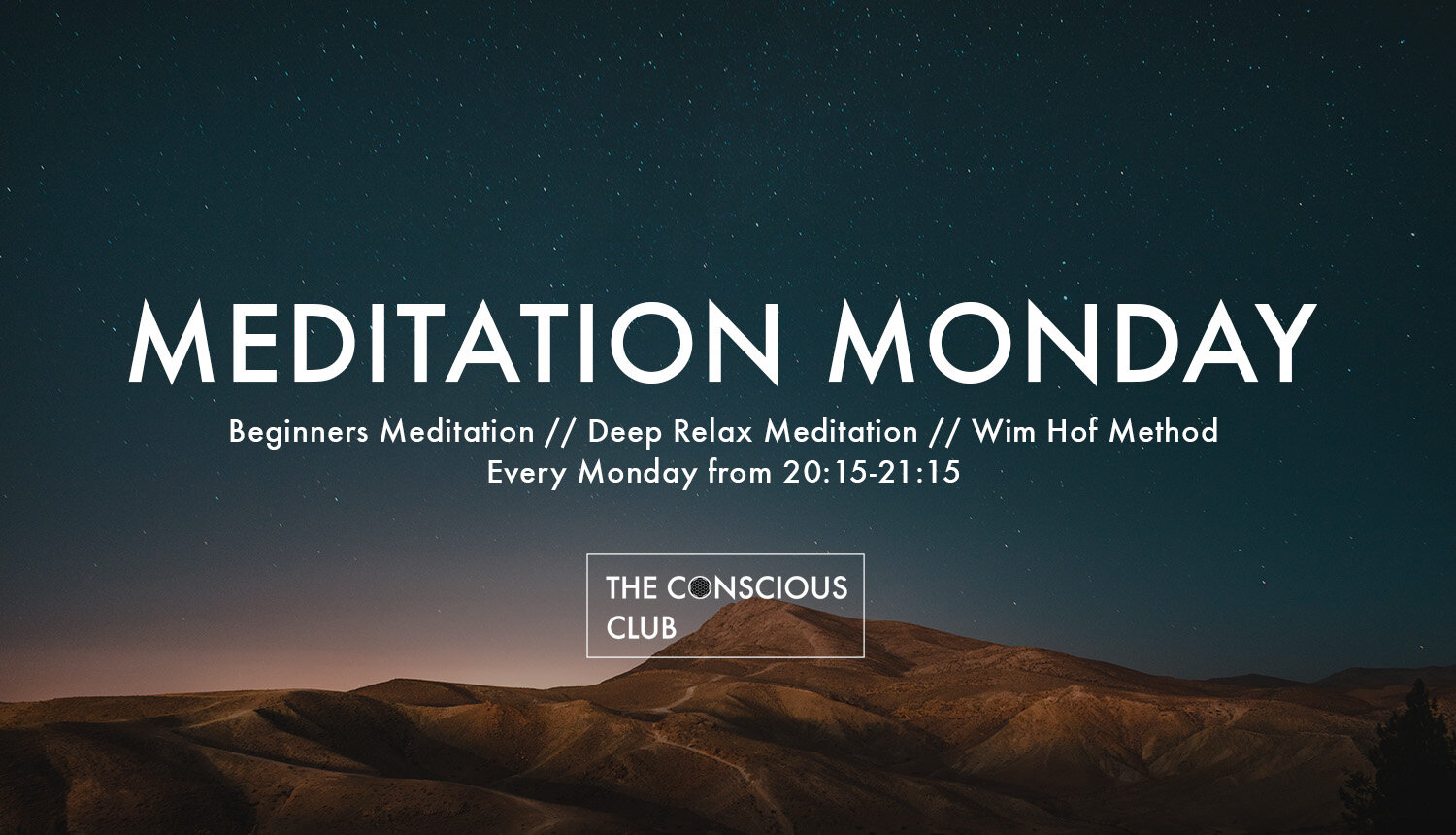5 Different Meditation Techniques And How To Practice Them
Whether you are a complete novice or a regular meditation practitioner, meditation is beneficial for everyone from beginner to advanced. However, these days, there is a huge abundance of different meditation techniques to choose from, which can make it even more challenging to find the one perfect for you. While some people are able to sit still for hours, simply focusing on their breath, others might be in need of a more active form of meditation.
Meditation is so much more than just sitting cross-legged on the floor, with eyes closed and not moving. It helps practitioners to manage their stress levels, improves mental health and enhances self-awareness. In our busy everyday lives, we need meditation more than ever to remain grounded and focused.
All of meditation’s benefits can already be felt through a regular practice of only five to ten minutes a day. A great reason to start if you haven’t already. In the following, we illuminate five different meditation techniques, to help you find your perfect fit (or try them all out).
There is no right and wrong method, no approach is superior over another. It really just depends on personal preference. In the end, all techniques have the same benefits of making you feel lighter, calm and more focused.
Each meditation technique consists of many sub types and different forms to practice. What’s important is that you find a technique that you feel comfortable with and that encourages you to practice regularly, whether it be at home or in a meditation class.
Focused Meditation
As the name already suggests, in this technique we concentrate all of our energy on one specific focus. The idea behind this form of meditation is that through the intense focus on one particular object or task, the mind has no chance to start wandering and chatter.
On what you focus on is up to you. In the tantric meditation technique „Trataka“, the gaze is continuously focused on a burning candle flame. It is a popular technique in some yoga forms for purification of the mind. By focusing on the candle flame without blinking (if possible), the restless mind comes to a halt. Moreover, Trataka meditation also brings the awareness to the third eye, the point between our eyebrows, which is the spiritual center of our bodies, known to increase intuition and sharpen focus.
Another form of focused meditation in everyday life can be to pick a task and do it completely focused, for example when you eat your meal. When you ingest your food, bring your attention completely to your meal: chewing your food, tasting it, smelling it, swallowing it. What senses are involved there? Try to have a meal by yourself without a phone or other distraction where you focus completely on the food in front of you. You will realize how your mind stops jumping between thoughts very naturally and inner peace starts to grow.
Mindfulness Meditation
Mindfulness meditation is a type of meditation rooted in traditional Buddhist meditation practices. It has become increasingly popular in the West in the past ten years. It’s main principle is to remain present and aware in the here and now, not dwelling on the past or fearing the future. It incorporates the origins from both Vipassana meditation, which aims at “seeing things as they really are” and Zen Buddhism.
When practicing mindful meditation, being fully present with thoughts and being aware of one’s surroundings is essential. The key here is non-judgment. Thoughts and emotions will arise, but they will also pass away. The mindfulness practitioner just acknowledges this without resistance or attachment to a thought or feeling.
One of the traditional mindfulness meditation practices, is the so-called “Anapanasati“ meditation. Anapanasati means “mindfulness of breathing” in Sanskrit. Within this meditation, practitioners focus on their natural rhythm of breath, without changing anything. When you realize that your mind wanders just bring it back to your breath.
But mindfulness does not have to be limited to sitting in silence with your eyes closed, it can also be incorporated into everyday tasks like grocery shopping or commuting to work. While you do these tasks, just try to be calmly aware of you surroundings and its sights, sounds and smells. While sitting in the train or walking on the street become aware of your breath and the rising and falling of your chest.
Metta Meditation
This form is also known as the Loving-Kindness-Meditation. The goal is to cultivate an attitude of love and compassion towards everything. Yes everything, so not only towards yourself and your friends, but you send love and kindness even to the people you repel and the things that stress you.
It works mainly by deepening your breath and opening your heart to love and benevolence, making us more empathetic human beings. Sometimes, phrases like “May I be happy. May I be well. May I be safe. May I be peaceful and at ease” are repeated to enhance the effect.
Gradually, you will go on to send love not only to you, but to people that are dear to you, and eventually also to people you find difficult to deal with. Finally, you end the meditation with the mantra “May all beings everywhere be happy”, sending love to the whole universe.
The meditation is designed to generate more love towards oneself and others, resulting in more self-awareness, a heightened purpose in life and a general increase in happiness. It can help dealing with anger, frustration, anxiety, depression and interpersonal conflicts.
Visualization
During this type of meditation, sometimes also called guided meditation or guided imagery, mental pictures that invoke certain kind of feelings or qualities are brought to mind. This way, the mind visualizes beautiful beaches, calm mountain lakes or any other mental image that speaks to you. Other common visualizations include seeing your thoughts slowly shrinking and then disappearing. The goal is to create a sense of peace while bringing focus away from unwelcome mental activities.
Visualization can be a powerful creative tool of the mind for positive personal transformation. Moreover, through visualization, we become aware that we are actually the masters of our mind and not the other way around. Through this form of meditation we can guide and direct the thoughts and images entering our head.
Movement Meditation
Whereas many meditation techniques are more passive, encouraging you to remain in one position and are focusing mainly on the mind, movement meditation circles around the body in motion.
There are many different ways on how to approach movement meditation. Popular movement meditations are Qi Gong, Tai Chi, martial arts and yoga. Within movement meditation, the awareness is centered on mindful movement - consciously being fully present in the body, recognizing each movement and moving with full attention and awareness.
This practice can be transferred to daily life as well, including any activity that keeps the body in motion, whether it be walking, gardening, doing the dishes or cleaning. Just try and be completely present in the body and aware of the movements you are performing.
Movement meditation can be combined with a mindful seated meditation as well. Especially in our busy and hectic lives, sitting down on a meditation pillow without previously releasing excess energy can be difficult. The Indian spiritual leader Osho developed a form of active meditation split into 4 stages: First you shake (stage 1) your body and then you dance (stage 2) to prepare our busy minds to rest in stillness in the following seated (stage 3) and then lying (stage 4) meditation.
At The Conscious Club we offer many different meditation and movement classes, which offer you the opportunity to connect more with yourself and find your meditation flow.
Join us on Mondays at 20:15 for Meditation Monday. Each session is focused on a different theme, we got a Beginner’s Meditation, a Deep Relaxation Meditation and class about the Wim Hof Method for you. But we also have a lot of exciting special classes for you, check them out below, and book your first meditation today!
In this meditation we're going to practice Kundalini techniques. This active meditation Osho style is meant for the kundalini energy to rise, flow and be transformed. We're going to do this through movement and stillness.
This class is for everyone who wants to reduce their stress-level and to feel more energized and refreshed. We have invited Ramon Kinkel, Rein Stark and Marjolein Vos to take you on different and unique meditation journeys. There will be a Beginners Meditation, a Deep Relaxation Meditation and a class about the Wim Hof Method.
This class combines two disciplines: Yin Yoga and Body Scan meditation. The long-held poses of the restorative Yin Yoga activates your energy channels which increases body awareness.
The Body Scan guides you systematically through various parts of your body. Combined, both practices increase your body awareness and improve your well-being.
In this monthly sacred meditation we will create a “Healing Ring of Tantra”.
We start with some warming up Kundalini Yoga exercises, then we glide effortlessly into this beautiful, transformational and healing meditation circle.
If you are need of some deep relaxation, then this class is for you. In these 90 minutes sessions, the body, the mind and the soul will get all the love and attention it deserves.
By combining Yin and Restorative yoga postures with deep relax Yoga Nidra, your body will enter a state of deep sleep, allowing your mind to heal and recover.
Every organ, every bone, every tissue, every system - all are in a state of vibration. This meditation focuses specifically on our organs by guiding you to send healing frequencies to your roots so it can get into ease and start healing itself.
Sometimes, life can be stressful, exhausting and overwhelming. This guided meditation helps you to find your flow and to connect with your inner self to achieve a mentally clear and emotionally calm state.
In our monthly Full Moon Healing Circle we will use the energy of the full moon together with the powerful effects of kundalini yoga to awaken our energy. Learn how to use Mantra, Mudra, Voice, and Visualisation to balance your chakras and your aura.
This meditation is perfect for if you If you want to open your self for a change and a new chapter in life.
In this class you can free your own inner artist. By using several techniques -Tibetan Yoga, meditation and written exercises with paper and pencil - Ninon van der Sande, a professional artist, will inspire you to experience your creativity in completely new ways.
A perfect way to get started with the Wim Hof technique is our monthly Vision Quest ๑ Wim Hof Breath Work & Deep Relax Meditation.
By combining the powerful breathing techniques with a restorative deep meditation, these sessions will give you an experience that you will remember for a long time!
Time to book your ticket and join us for the next session at The Conscious Club: http://theconsciousclub.com/book-now!
Written by Clara Malzer













